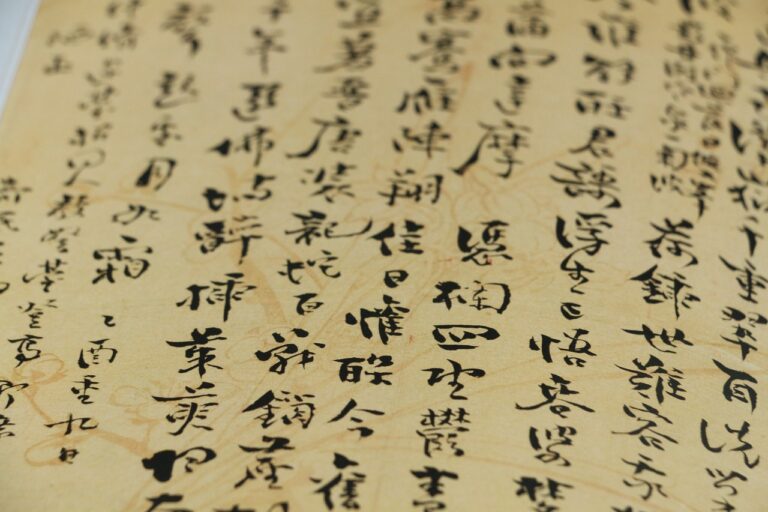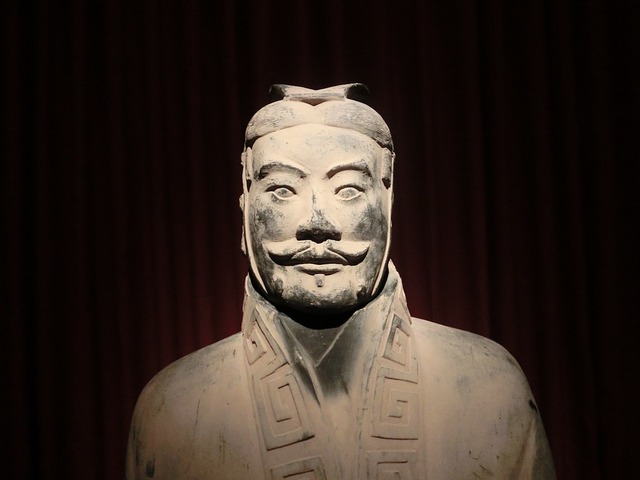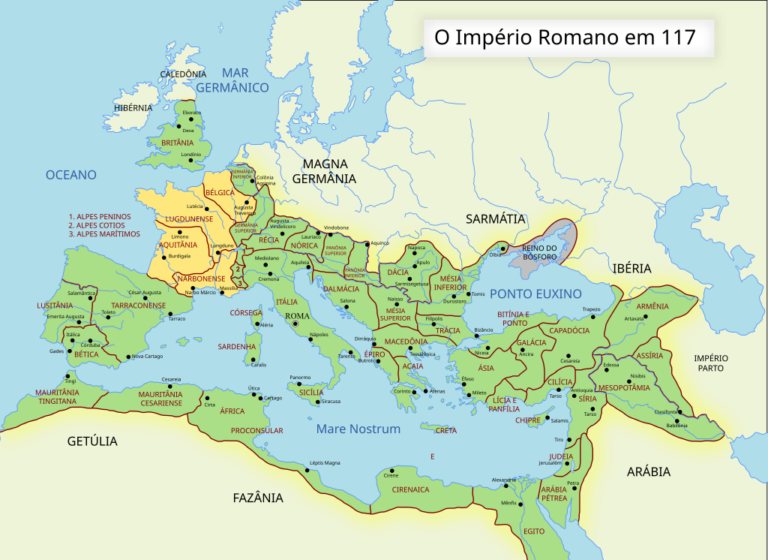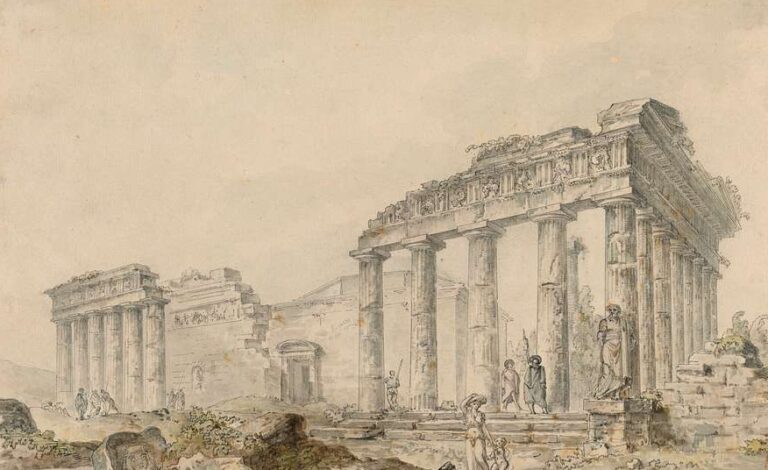
Here’s a look at some of the longest-ruling dynasties in history, spanning over a millennium.
1. Pandya Dynasty (c. 400 BCE – 1618 CE) – 2,018 years
The Pandya dynasty, also known as the Pandyas of Madurai, was one of the four great kingdoms of Tamilakam, alongside the Pallavas, Cholas, and Cheras. Existing since at least the 4th to 3rd centuries BCE, the dynasty saw two major periods of imperial dominance—from the 6th to 10th centuries CE and again under the Later Pandyas in the 13th and 14th centuries. Under rulers like Jatavarman Sundara Pandyan I and Maravarman Kulasekara Pandyan I, they controlled vast territories, including regions of present-day South India and northern Sri Lanka. They played a crucial role in Tamil culture and international trade with the Roman Empire and Southeast Asia, maintaining their rule until the early 17th century.
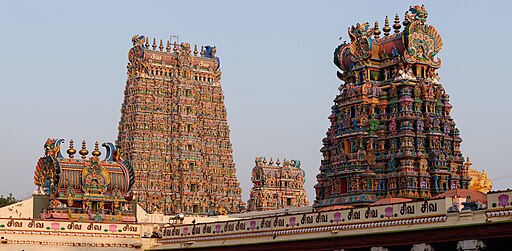
2. Chera Dynasty (c. 300 BCE – 1300s CE) – 1,600 years
The Chera dynasty, also known as Keralaputra in early historical sources, ruled parts of present-day Kerala and Tamil Nadu. They were one of the Three Crowned Kings of Tamilakam alongside the Cholas and Pandyas. References to the Cheras date back to the 3rd century BCE. Their geographic advantage at the tip of the Indian subcontinent facilitated extensive maritime trade with Middle Eastern and Graeco-Roman merchants, especially in the spice trade. Their influence lasted until the end of the early historic period in South India, around the 14th century.
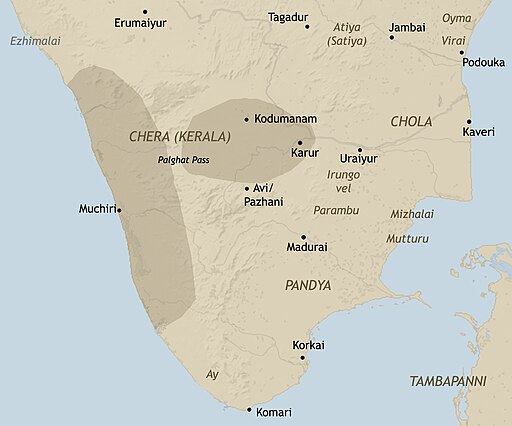
3. Chola Dynasty (c. 300 BCE – 1279 CE) – 1,579 years
The Chola dynasty was a powerful Tamil empire originating from Southern India. Earliest references to the Cholas date back to inscriptions from the 3rd century BCE during the Mauryan Empire. They achieved their peak during the medieval period, particularly in the mid-9th century CE, expanding their influence across the Indian Ocean. Known for their naval power, the Cholas controlled large parts of South India, Sri Lanka, and parts of Southeast Asia.
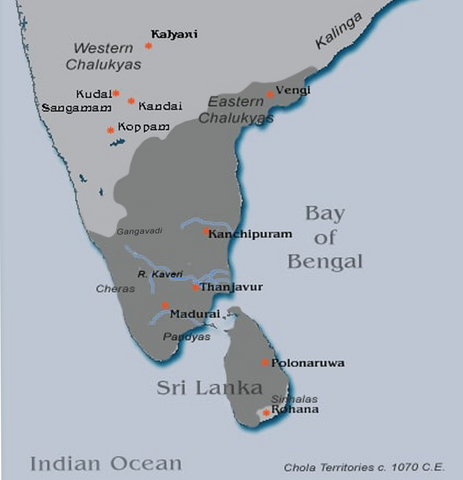
4. Imperial House of Japan (c. 493 CE – Present) – 1,458 years
The Japanese monarchy, traditionally believed to have begun with Emperor Jimmu around 660 BCE, has a recorded lineage starting from the 5th century. It is the longest continuous hereditary monarchy in the world. Throughout its history, the Japanese imperial family has played a significant role in the country’s cultural and political landscape. While the emperor’s power diminished over time, especially with the rise of the shogunate system, the monarchy remained a symbol of unity. Today, Emperor Naruhito continues the lineage as a constitutional monarch.

5. Eastern Ganga Dynasty (c. 5th century CE – 1947 CE) – 1,454 years
The Eastern Ganga dynasty ruled large parts of present-day Odisha and Andhra Pradesh. They are best known for their patronage of Hindu temple architecture, especially the famous Konark Sun Temple, a UNESCO World Heritage site. The dynasty played a crucial role in resisting Islamic invasions and fostering regional culture. Their rule lasted until India’s independence in 1947.
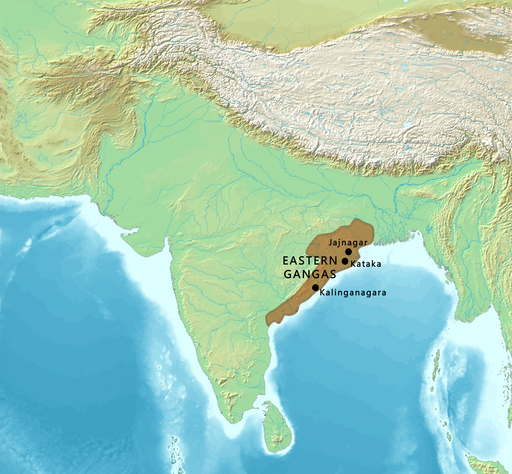
6. Guhila/Sisodia Dynasty (c. 5th century CE – 1971 CE) – 1,371 years
The Guhilas, later known as the Sisodias of Mewar, were one of the most resilient Rajput dynasties in Indian history. Originating from the region of Mewar, in present-day Rajasthan, they have a recorded history dating back over a thousand years. The dynasty’s name, “Guhila,” is derived from their legendary founder, Guhadatta, and their rule is believed to have started as early as the 6th century CE. The Sisodias of Mewar are particularly noted for their unyielding resistance against various foreign invasions, especially those of the Delhi Sultanate, the Mughals, and later the British. Their commitment to independence set them apart from many other Rajput states.
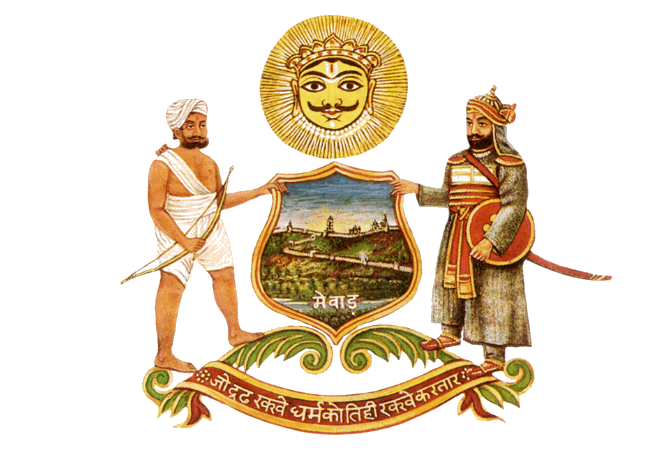
7. Bohkti Dynasty (c. 730 CE – 1855 CE) – 1,125 years
The Bohtan Dynasty, also known as Buhtan, Bokhti, Botan, Cizre-Botan, or Bokhtan, was a medieval Kurdish principality within the Ottoman Empire. It was centered around the town of Jazirah ibn ‘Omar, now modern-day Cizre in southeastern Anatolia. During the 14th century, the official religion of Bohtan was Yezidism, making it one of the most significant Yezidi enclaves of the time, alongside Shekhan and Sinjar. However, over the centuries, the ruling elite of Bohtan gradually converted to Islam, yet the region continued to maintain a strong Yezidi presence until the 19th century.
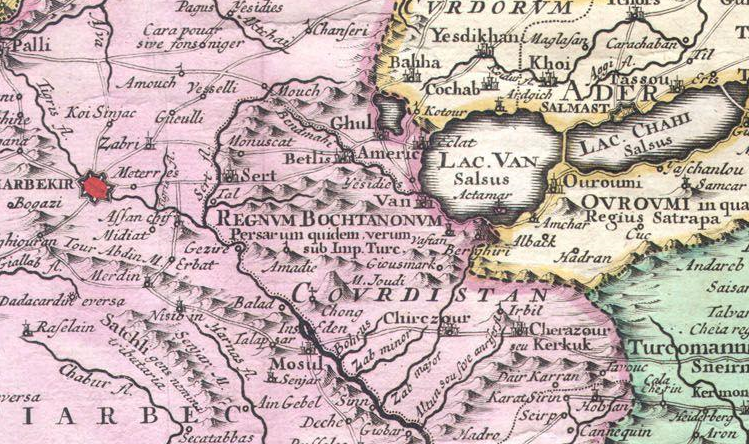
8. Bagrationi Dynasty (c. 780 CE – 1812 CE) – 1,032 years
The Bagrationi Dynasty was a royal dynasty that ruled Georgia for over a thousand years. Emerging in the early medieval period, the dynasty played a key role in the formation of the Georgian kingdom. Under the rule of King David IV (David the Builder), Georgia experienced its golden age in the 12th century. The dynasty endured Mongol invasions, Persian rule, and Ottoman influence before eventually being annexed by the Russian Empire in 1812.
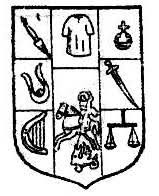
9. Capetian Dynasty (987 CE – Present) – 1,037 years
The Capetian Dynasty, founded by Hugh Capet in 987 CE, is one of the longest-lasting royal houses in European history. Originating in France, the dynasty has produced numerous branches, including the Valois and Bourbon houses, which ruled various European nations. The direct Capetian line ruled France until the French Revolution, but the dynasty’s descendants continue to hold monarchical positions in countries such as Spain and Luxembourg.

10. Borjigid Dynasty (c. 900 CE – 1930 CE) – 1,030 years
The Borjigid Dynasty was the ruling clan of the Mongol Empire, founded by Genghis Khan in the 13th century. The dynasty provided rulers for multiple successor states, including the Yuan Dynasty in China, the Ilkhanate in Persia, and the Chagatai Khanate. Despite the decline of Mongol rule, the Borjigid lineage remained influential in Central Asia until the early 20th century, when the last remnants of Mongol aristocracy were dissolved.
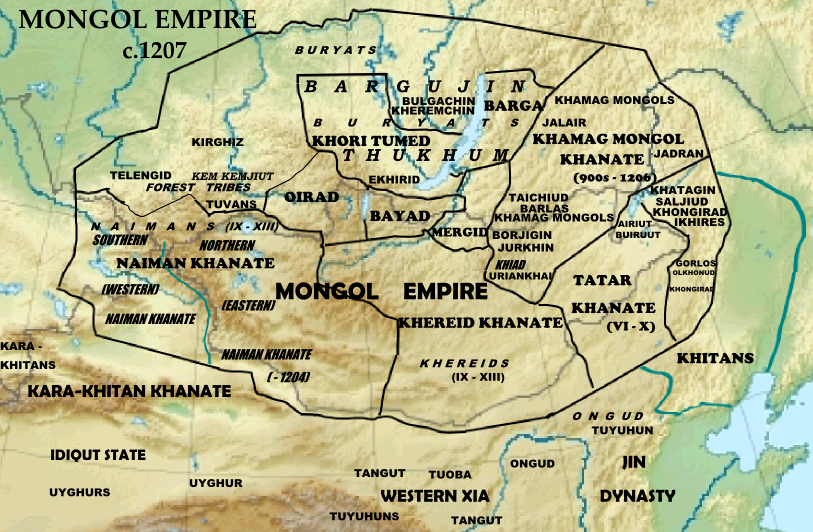
11. Silla Dynasty (57 BCE – 935 CE) – 992 years
The Silla Dynasty was one of the longest-ruling dynasties in Korean history, governing the Korean Peninsula for nearly a millennium. Originally one of the Three Kingdoms of Korea, Silla unified the peninsula in the 7th century, ushering in a period of cultural and economic prosperity. The dynasty’s decline in the 10th century led to the rise of the Goryeo Dynasty, which succeeded it as Korea’s ruling power.
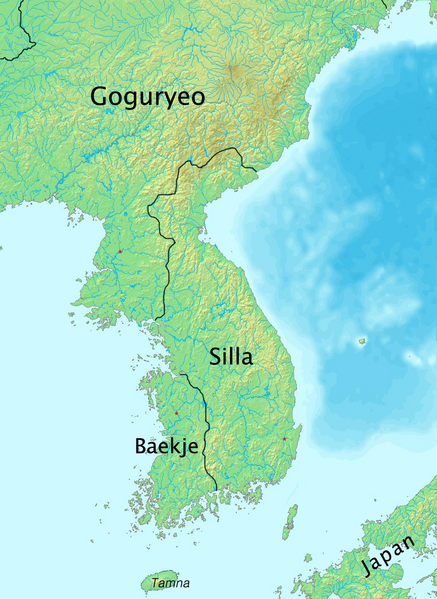
12. Adaside Dynasty (c. 1700 – 722 BCE) – 978 years
The Adaside dynasty ruled over Assyria for nearly a millennium, overseeing its transformation from a city-state into a regional power. Kings such as Shamshi-Adad I expanded Assyrian influence through military conquests and trade. The dynasty saw fluctuations in power but remained a dominant force in Mesopotamia until the Neo-Assyrian Empire absorbed it in 722 BCE.
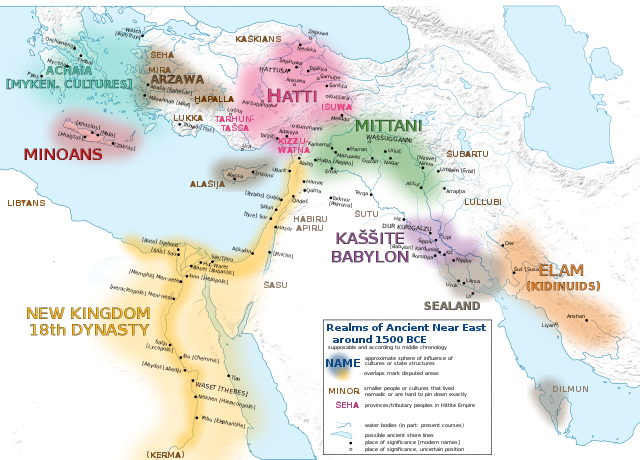
13. Tongan Dynasty (950s – 1865 CE) – 974 years
The Tongan monarchy, originally under the Tuʻi Tonga dynasty, was one of the longest-lasting hereditary rulers in the Pacific. Established in the 10th century, the dynasty turned Tonga into a powerful maritime empire that influenced surrounding Polynesian islands. Although the Tuʻi Tonga lost political power in 1865, the monarchy continued under the Tuʻi Kanokupolu lineage, and Tonga remains a constitutional monarchy today.
14. Sayfawa Dynasty (c. 891 – 1846 CE) – 955 years
The Sayfawa dynasty ruled the Kanem-Bornu Empire, which spanned present-day Chad, Nigeria, and Cameroon. Under leaders like Mai Idris Alooma, the empire thrived through trade, military campaigns, and Islamic scholarship. Despite enduring for centuries, the dynasty gradually declined due to internal struggles and external pressures, eventually falling to the Fulani Jihad in 1846.
15. Baduspanid Dynasty (665 – 1598) – 933 years
The Baduspanids were a Persian dynasty that ruled over Tabaristan and Gilan (modern northern Iran). Established by Baduspan I, they managed to maintain independence by navigating the rise and fall of various empires, including the Abbasids and Mongols. Their rule ended in 1598 when the Safavid Empire absorbed their territories.
16. Kachhwaha Dynasty (India) – 1128 CE to 1971 CE (843 years)
The Kachhwaha Dynasty, a Rajput clan, ruled the kingdom of Amber (later Jaipur) in Rajasthan, India. Founded by Dulha Rai in 1128, they allied with the Mughals under Man Singh I, building wealth and forts like Amber Fort. They retained influence as princely rulers under British India until India’s princely states were abolished in 1971.
17. House of Wettin (Germany) – 1089 CE to 1918 CE (829 years)
Originating with Wettin Castle in Saxony, this dynasty ruled various German states, including Saxony, Thuringia, and later the Kingdom of Saxony. Known for producing monarchs like the British House of Saxe-Coburg and Gotha, their rule ended with Germany’s monarchy abolition after World War I.
18. Zhou Dynasty (China) – 1046 BCE to 256 BCE (790 years)
The Zhou Dynasty, China’s longest continuous dynasty, introduced the “Mandate of Heaven” to legitimize rule. Starting with King Wu’s overthrow of the Shang, it split into Western (centralized) and Eastern (feudal) phases. It fostered Confucianism and iron technology but weakened during the Warring States period, falling to the Qin in 256 BCE.
19. Abbasid Dynasty (Islamic Caliphate) – 750 CE to 1258 CE, 1261 CE to 1517 CE (764 years)
The Abbasids overthrew the Umayyads in 750 CE, establishing a caliphate centered in Baghdad. Known for the Islamic Golden Age—advances in science, arts, and philosophy—they lost power to the Mongols in 1258. A weaker line continued in Cairo under Mamluk protection from 1261 until the Ottoman conquest in 1517.
20. Rurikid Dynasty (Russia) – 862 CE to 1598 CE (736 years)
Founded by the Varangian prince Rurik in Novgorod, the Rurikids ruled Kievan Rus’ and later Muscovy. They shaped early Russian statehood, adopting Orthodox Christianity and surviving Mongol rule. The dynasty ended with Tsar Feodor I’s death, leading to the “Time of Troubles” and the rise of the Romanovs.
21. House of Grimaldi (Monaco) – 1297 CE to present (over 728 years)
The Grimaldi family seized Monaco in 1297 under Francesco Grimaldi and has ruled it ever since, making it one of Europe’s longest-lasting dynasties.
22. House of Habsburg (Europe) – 1282 CE to 1918 CE (636 years)
The Habsburgs trace their roots to the 10th century in what is now Switzerland, with their name derived from Habsburg Castle in Aargau. Their rise to prominence began in 1273 when Rudolf I was elected King of the Romans, and they solidified power in 1282 by securing Austria after defeating Ottokar II of Bohemia. From 1438 (Albert II) to 1806, Habsburgs almost continuously held the title of Holy Roman Emperor, shaping Central European politics. Their reign peaked under Charles V (1519–1556), who ruled an empire “on which the sun never set,” spanning Spain, the Americas, and much of Europe.
The Habsburgs’ power waned in the 19th century as nationalism eroded their multi-ethnic empire. The Spanish branch ended in 1700 with Charles II’s death, shifting focus to Austria. After losing the Austro-Prussian War (1866), they formed the Austro-Hungarian Empire (1867), a dual monarchy. World War I (1914–1918) proved fatal—defeat led to Emperor Charles I’s abdication in 1918, dissolving the dynasty’s rule and fragmenting their empire into modern nations like Austria, Hungary, and Czechoslovakia.
23. House of Osman (Ottoman Dynasty) – 1299 CE to 1922 CE (623 years)
Established by Osman I in 1299, the Ottoman Dynasty built an expansive empire encompassing Europe, Asia, and Africa. The conquest of Constantinople in 1453, led by Mehmed II, marked a significant milestone, though the empire reached its zenith later under Suleiman the Magnificent (1520–1566). The Ottomans maintained their dominion until the Turkish Republic terminated the sultanate in 1922.
…
Related:
The Longest-Lasting Empires, Kingdoms and States
Which Monarch Had the Most Children?
Images:
KennyOMG, CC BY-SA 4.0 https://creativecommons.org/licenses/by-sa/4.0, via Wikimedia Commons
Adapted from the maps by Y. Subbarayalu for Rajan Gurukkal, CC BY-SA 4.0 https://creativecommons.org/licenses/by-sa/4.0, via Wikimedia Commons
Venu62, Creative Commons Attribution-ShareAlike 3.0 License.
Jpn-nipponhon, CC BY-SA 4.0 https://creativecommons.org/licenses/by-sa/4.0, via Wikimedia Commons
Map created from DEMIS Mapserver, which are public domain. Koba-chan.Reference: [1], CC BY-SA 3.0 http://creativecommons.org/licenses/by-sa/3.0/, via Wikimedia Commons
http://arvindsinghmewar.com/coatofarms.php, Public domain, via Wikimedia Commons
Joachim Ottens (1663 – 1719) and his sons, Public domain, via Wikimedia Commons
SakartvelosGaumarjos, CC BY-SA 4.0 https://creativecommons.org/licenses/by-sa/4.0, via Wikimedia Commons
Palace of Versailles, CC BY-SA 3.0 https://creativecommons.org/licenses/by-sa/3.0, via Wikimedia Commons
Khiruge, CC BY-SA 4.0 https://creativecommons.org/licenses/by-sa/4.0, via Wikimedia Commons
Historiographer at the English Wikipedia, CC BY-SA 3.0 http://creativecommons.org/licenses/by-sa/3.0/, via Wikimedia Commons
Enyavar, CC BY-SA 4.0 https://creativecommons.org/licenses/by-sa/4.0, via Wikimedia Commons
Sources:


